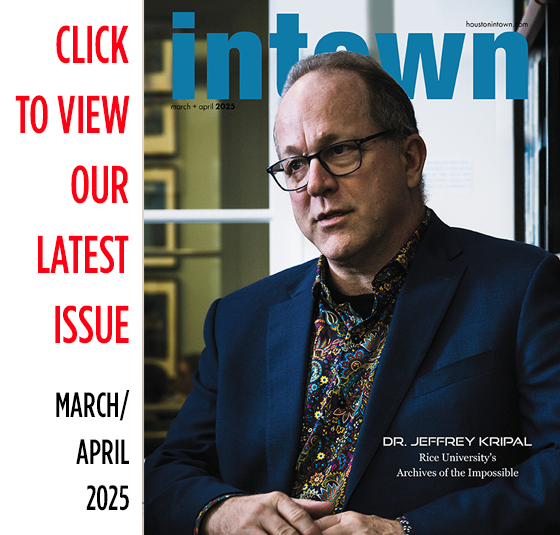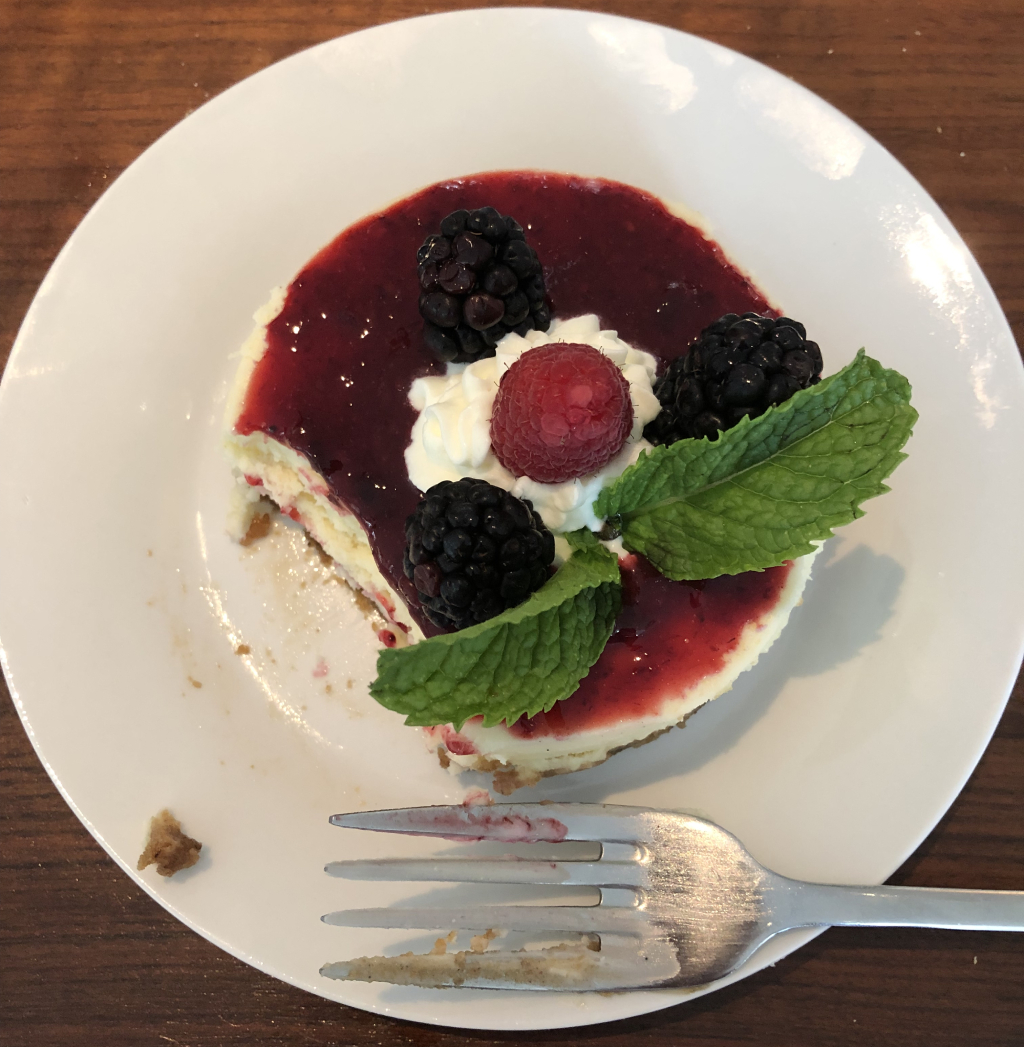Food and Fashion Unfurled: Spotlight on Laurann Claridge
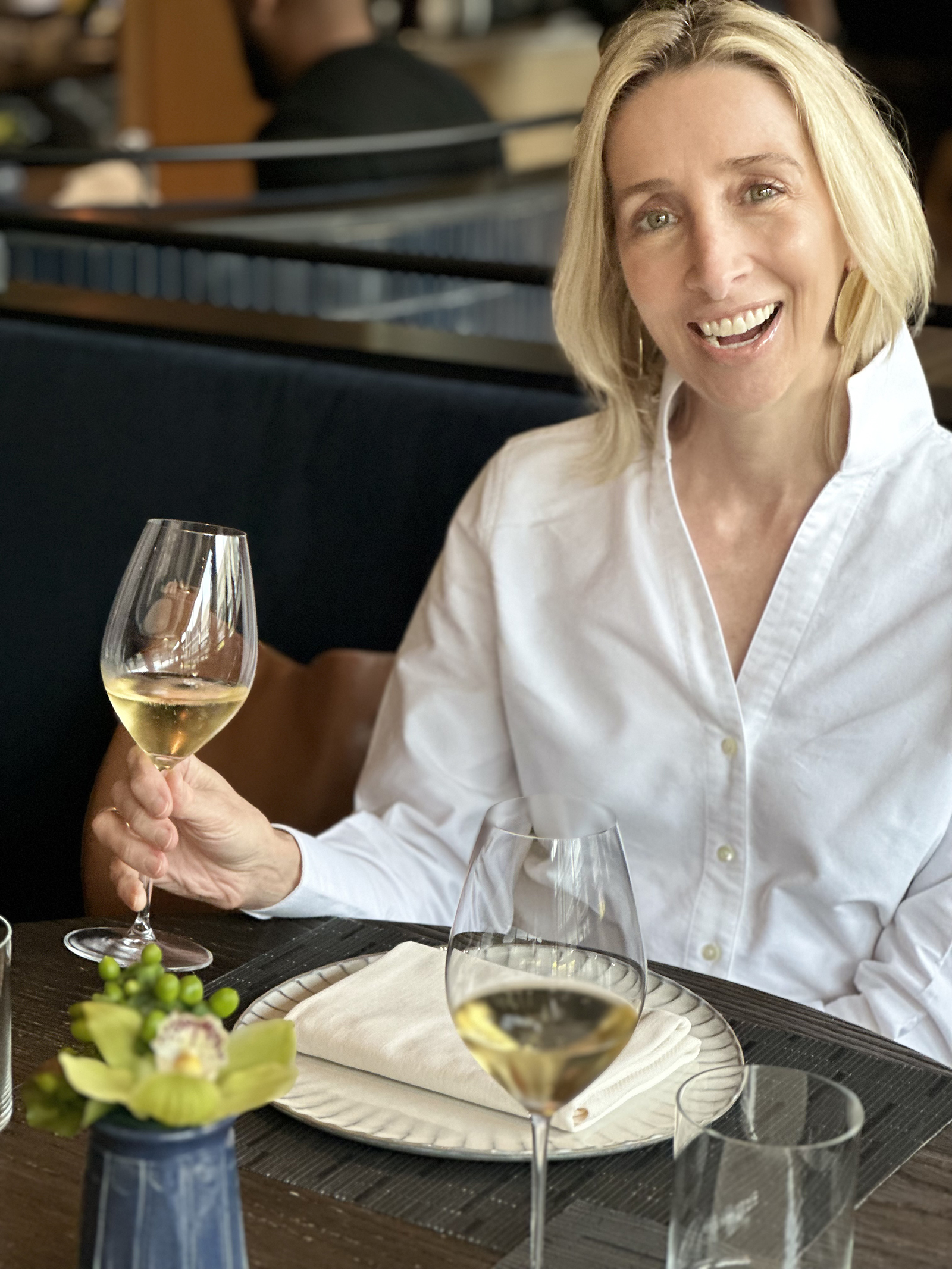
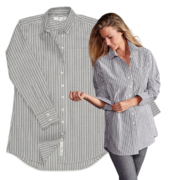
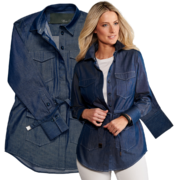
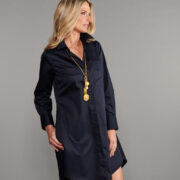
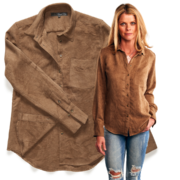 +4
+4 Food and Fashion Unfurled: Spotlight on Laurann Claridge
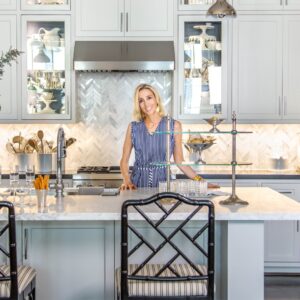
On June 5, the James Beard Foundation announced to the culinary world its 2023 award winners, and as I read the list, I recalled Beard’s admonishment against serving crappy hors d’oeuvres at cocktail parties. Some packaged items are excellent, the celebrated cookbook writer sniffed in American Cookery, but “many are garbage, and one owes it to his guests to know the difference.” From Beard’s dictum, my mind wandered to Houston’s Laurann Claridge. In 1997, Claridge won the James Beard award Best Radio Show for Food Talk with Laurann Claridge on KPRC. Two years prior, Food Talk broke out of the gate as Texas’ first talk radio program devoted to conversations about food, wine, cooking, and entertaining. Radio led Claridge into prolific food writing for PaperCity magazine. Along with this, she designs and manufactures women’s fashion with her sister Lizbeth King through their company Claridge+King. I’ve watched Claridge from a distance for some years, and can state confidently that her output in both arenas reeks of excellence and unstoppable creativity. I contacted Claridge to learn more about her culinary writing and fashion work.
Claridge said she’s banked too many food articles to count. These date back practically to the mag’s beginnings. “I started back when Becca Cason Thrash and Holly Moore first launched. Their public relations client, Rice Epicurean, was sponsoring my radio program. They promoted the show and I, in turn, wrote food pieces for what was then called The Paper. After six months I was lured to the Houston Chronicle’s dining guide, but three years later I returned to the magazine to cover food, fashion and lifestyle subjects. Today, I focus primarily on the food and restaurant scene. A surge of exciting new restaurants that delayed opening during the pandemic are now opening, so I’m covering them at a furious pace. Monthly, I average two to three longer articles for print and online, and four to five additional unprinted pieces for the magazine’s website.”
She foregoes an overtly critical style, eschewing catty phrases like “best to skip.” Claridge described her approach to food writing. “Typically, I visit a restaurant once, but I do order many dishes, generally veering towards plates I think are unique and likely to become signatures of the restaurant. I aim to inform readers about atmosphere, design touches, and give the chef’s background, or the concept. After, I describe the food, and mention dishes I tried and really liked. A restaurant’s inaugural menu is critically important because diners, as well as writers, judge a restaurant on diversity of offerings which invariably include dishes people will want again and again. If an eatery disappoints, I skip it.”
Any way you look at it, her approach requires hefty eating. How frequently I wondered can she shovel in Andiron’s Wagyu beef, or Dante’s tagliatelle, or some other “eatery’s” enchiladas or foie-gras for that matter, without getting fat. Let’s face it, gastronomes tend to pack weight. Yet Claridge is thin. In fact she occasionally models C+K’s designs on social media. We discussed the diet and exercise strategy that accommodates professional eating. “Consistency is key! I exercise daily, working out 5-6 days on a Pilates reformer. I eat every day, but within an 8-hour window with 16 hours of fasting. With age, late eating keeps me from sleeping so I usually book a table for 5 to 5:30 pm for dinner.”
New York born (1966,) Connecticut raised, Claridge comes from a family of informal epicures drawn to cooking classes and adventurous eating in Manhattan and Europe. After completing a studio art and business degree at Skidmore College, she studied cooking at Anne Willian’s famed Ecole de Cuisine La Varenne in Paris. “I set my sights on writing about food, moved to Paris to complete Willian’s Grande Diplome program, and committed myself to working in food, first in catering, then restaurants (Paris, Cambridge, MA and Houston) and a hotel in Los Angeles, aiming to understand the business from the inside out. I worked for over 5 years in every aspect of the kitchen. I came to Houston (from LA) to be executive pastry chef at Tony’s. Three years later, I left Tony’s and started the radio show.”
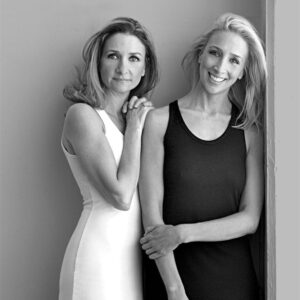
The loop from pastry chef to culinary writing in some ways corresponds to the French chef Caréme’s belief that a great cook must first learn pastry making. In Caréme’s assessment, eating well was an intellectual endeavor. Food columnist Ruth Reichl saw his point when she wrote food is a way of “making sense of the world.” Search the annals of gastronomy to see this bourn out. Clay tablets list royal Persian kitchen ingredients, Latin scribes documented the Roman legions’ porridge, Escoffier codified haute cuisine, a litany of others recorded nouvelle, Cajun, fusion and every other newfangled culinary trend. Meaning, when Waverley Root describes ancient Athenian fish stew, or Emeril chimes in on remoulade sauce, or Claridge writes celery root “is rarely seen on American shores,” these gastronomic disquisitions help us know who we are. A prodigious number of gourmands inspire Claridge. “I have a vast library of cookbooks. I’m fond of anything by Chris Kimball known for his Cooks Illustrated and America’s Test Kitchen magazine and cookbooks. He now helms Milk Street, as well as an NPR podcast broadcast. Of course I like Ina Garten and Martha Stewart who are such stylish tastemakers.”
One night many years ago I ran into Claridge, and was struck by the timeless look of her white cotton button-down shirt beneath a beige khaki trench. In 2008, she channeled that vision into enterprise, partnering with sister Lizbeth to found Claridge+King, a women’s clothing line inspired by menswear fabrics and tailoring. It wasn’t necessary to remind her that over 100 years ago the incomparable Chanel introduced elements of menswear into women’s fashion. We discussed putting out a collection.
“Creating a collection is two-fold. First, we consider what we’d like to see in our own closets and aren’t finding in the marketplace, like our debut item the His is Hers® Original Shirt tapered through waist and hips. Then we make it commercially viable. Often designers conjure artistic pieces that have editorial appeal on the proverbial runway, but get altered for wearability and commercial viability for the average store customer. We cut to the chase and create pieces that have great details but are wearable, functional, and fun.”
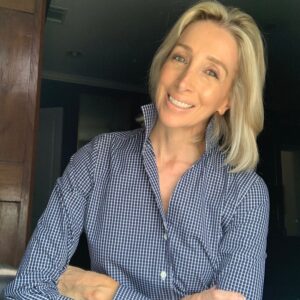 If sister Liz (Vanderbilt MBA) runs the business side of C+A, Claridge is designer. “We design and manufacture everything. Our manufacturing agent Jim helps us vet factories, which Liz and I visit, though in our absence Jim plays a vital role as our eyes and ears. I design and sketch everything here in Houston, then write detailed notes with sizing specs. Jim helps me source the fabrics, and we email and FedEx back and forth when fleshing out a new collection. Every order, wholesale or retail on our website, is shipped from our Houston warehouse, with my handwritten thank you note.”
If sister Liz (Vanderbilt MBA) runs the business side of C+A, Claridge is designer. “We design and manufacture everything. Our manufacturing agent Jim helps us vet factories, which Liz and I visit, though in our absence Jim plays a vital role as our eyes and ears. I design and sketch everything here in Houston, then write detailed notes with sizing specs. Jim helps me source the fabrics, and we email and FedEx back and forth when fleshing out a new collection. Every order, wholesale or retail on our website, is shipped from our Houston warehouse, with my handwritten thank you note.”
Marketing got figured out along the way. “In a way our inexperience was a blessing. Early on people like Gail Rubin of Public Content helped us get our products in front of the fashion press. That was huge. Social media wasn’t a “thing” when we started but we’re getting the hang of it. Over the years we’ve done trade shows in New York, Atlanta, Dallas, and Las Vegas but keep returning to Atlanta twice a year. We recently started working with a road rep to increase exposure across the mid-Atlantic to East Coast. We also use wholesale online platforms like Faire.com which connected us to wonderful shop owners, and Liz has nurtured great relationships with store owners.”
Equally important is choice of models. The women who model C+K’s shirts, dresses, sweaters, tunics, tees, sleepwear and loungewear don’t resemble anorexic cokeheads, but instead look approachable, like real people. I asked about choosing and photographing models. “Fortunately Houston has terrific modeling talent. We’ve worked with Lesli Pendergraft since day one, later brought in Shanel Duvall, two beautiful women who are mothers. Not 18 or rail thin, they show off our clothing in a way that makes us proud. Photo shoots happen about twice a year. First, we do the product shoots, then the model shoots. I style both shoots. It’s fun but hard work. It takes about 6 hours from beginning to end. I comb my closet for accessories like shoes and jewelry and since we don’t do many pants, I bring my jeans, shorts, and skirts, to give women ideas for styling our pieces.”









